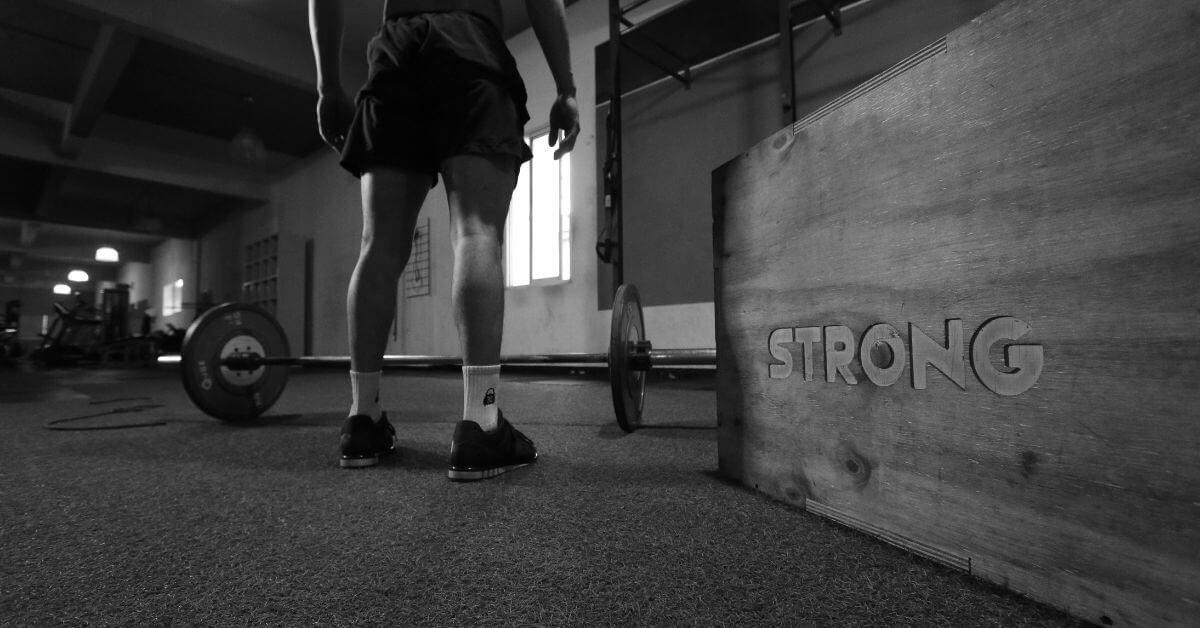Phil Lucker, is the new head coach of the 7…

How Do You Get Fit Enough To Play Competitive Rugby?
“If you want something you’ve never had, you must be willing to do something you’ve never done.” -Thomas Jefferson
Playing rugby is a huge amount of fun but its not fun when you get gassed out on the field or can’t match your rugby clubs’ level of fitness and stamina, so it’s important that you get fit enough to play competitive rugby, whether you play rugby sevens, union, or league so that you can enjoy the sport, rather than worrying about keeping up.
So, the big questions become, how fit do you need to be, and how do you get fit for rugby?
7 Bamboos Rugby takes all the guesswork out of how to get fit for rugby by providing high-quality fitness programs and coaching that have been proven effective through a wide range of athletes.
7 Bamboos Rugby has worked with all ages and levels of rugby players, from youngsters just starting out, to professional athletes playing for professional clubs.
The 7 Bamboos Rugby coaches will take you through why you need to be fit, how to overcome any issues in your fitness programs, and provide advice on specific ways to get fit enough for rugby.
Whether you’ve never played before, your fitness is lacking, or you’ve been on a break and need to start getting fit for rugby and get back up to the best fitness levels for your needs, then keep reading for all the information you need to get fit enough to play competitive rugby.
When Should You Start Your Fitness Program?
If this is your first time getting fit for rugby through a fitness program, then you should begin well before actual rugby training starts.
If you don’t have the appropriate fitness level for the training, you’re going to be falling behind and have much less fun playing rugby.
An appropriate level of base fitness is required to keep up with your rugby club teammates so that you can focus on skills and working through actual rugby training, rather than focusing on just getting through a run across the field or playing a practice game.
One of the most significant issues you’ll face is that rugby players need to be fast, strong and have incredible endurance, which are three different areas of training that most people don’t focus on outside of many sports like rugby.
You may be finding it challenging to combine all the different training methods required when getting fit for rugby because rugby fitness training doesn’t use intuitive ways of training, especially not without a specialized rugby fitness training program.
What Should You Focus On For Rugby Fitness Training?
If you’re having difficulty having overall good rugby fitness, then it’s important to create or find a training program specific to rugby, rather than working on generic programs that may just focus on one area, such as strength or endurance.
If you’re strong but can’t run the field, then what’s the point? On the other hand, if you’re fast or can run around the field all day but can’t tackle anyone, then that’s a big problem for you and your rugby club.
Four areas that you should be focusing on for your rugby fitness are:
Strength is a huge component for any rugby player in any position; you need to be able to take down other players and stop other players from taking you down. Your strength is going to be a core component of your overall performance and rugby training once you start.
You’ll also find that your strength will increase your muscle mass which provides protection from the hardness of the game and much better recovery times after a game. If you play every week but can’t recover fast enough, then your performance is going to start dropping further
into the season you go.
Work on heavy compound exercises, such as squats, bench press, overhead press, and deadlifts. You’re going to be busy training to working on compound movements will be the best bang for your buck and allow you to increase overall strength the fastest.
Incorporate explosive movements into some of your strength training so that you’re not just slowly moving weight around. Instead, you want to be exploding out of the bottom of squats, and other movements as your strength need to be functional and not just about how much weight you can move.
If possible, look to incorporate strongman training into your rugby fitness regime; if you have a strongman gym nearby, utilize it. Strongman will allow you to integrate different types of strength training that have different planes of movement and make everything awkward, allowing you to focus strength in ways required during an actual rugby match.
Plyometric training is a massive factor in your power and explosiveness during the game; you need immediate reactions with quick responses that allow you to direct yourself anywhere at any time.
You’ll also find that your speed and take-off times are improved through plyometric training and that building up the muscles, joints, and ligaments through repeated impact training safely will help keep you less injury-prone from the demands of a full game.
Plyometric training also reduces your energy output so that you become more efficient in everything you do on the field so that you’re less tired and can stay in the game longer at peak performance.
Part of your strength training will include some plyometric training, but you should also be including things like box jumps, bounding, long jumps, basically explosive movements from a still position
Endurance training is important for a very base level of stamina throughout the game; many people don’t expect the high demands on their cardiovascular endurance, which can leave them gassed out on the field and falling behind the play.
While this isn’t a huge factor in your rugby fitness training, it is a core component, and basic cardio endurance will be required if you want to do well and keep up with your rugby club team.
You can incorporate running, cycling, or any other type of cardio training into your workouts, running is certainly more in line with rugby training, but that’s up to you.
The critical part of your endurance or stamina training is to use interval training or HITT training to perform at high levels for 2-4 minutes, drop back to manageable levels for 30 seconds – 1 minute, and then repeat for the length of your training session.
Make sure your warm up and cool down, but during your HITT training, you should be working at a 90% max effort during the high-intensity training portion.
Remember that you need to stay active and able to perform for a full 80 minutes during an actual game, which can feel like an eternity if you can’t keep up.
Body Composition
Improve your body composition by dropping unneeded fat, which can increase your overall fitness and can improve your speed. Carrying around a lot of extra fat doesn’t provide you huge benefits; being big in rugby is great, but your speed and strength are more important, so drop the fat and add muscle and strength, which will cover any loss in size.
Modifying your body composition should simply start with reducing your food intake and making better food choices. Although your increased rugby fitness training may also increase your calorie needs and help drop your weight, keep an eye on the scale if you have weight to
lose.
Be wary that having too low a calorie intake will cause strength issues, so any weight loss should be slow, so you’re not losing strength.
Why Is Fitness In Rugby Training So Important?
No matter what level or code (Rugby Sevens, Union, League) of rugby you play, getting fit for rugby is one of the most important base requirements. With limited fitness, you’re focusing on the wrong things during the game and during your training.
Instead of focusing on skills training, you’re worried about keeping up, or you’re not worrying about anything and just trying to get through the movements of the training. As a result, you fail to understand and learn the required skills needed to progress as a rugby player.
Once you get out on the field, you’re not at the appropriate skill level to match your opponents. So once the game starts, your rugby fitness lets you down again by not being able to keep up with gameplay and not matching your opponents on the field, which reduces the enjoyment of the game for you and impacts your rugby club teammates that are counting on you.
If you want to progress, be a great player, and have fun, then a base level of appropriate rugby fitness will keep you competitive and enjoying learning and playing rugby.
How Do You Get Fit For Rugby?
Getting fit for rugby before you start rugby-specific training is a minimum requirement. You need to create or find a rugby fitness training program rather than using ad-hoc training methods or generic training programs not geared towards rugby.
Focus on strength, speed, explosiveness, and endurance in your training.
If you’re looking for the easiest method to improve and enhance your rugby fitness, then you should consider going through the 7 Bamboos Rugby training program will take all o the guesswork out of your training and get your rugby fitness up to the level that is required.
Using a professional and dedicated training program from rugby coaches who have spent years training players from all levels and codes, including rugby sevens, union players, and league players, is the most effective option if you’re serious about rugby and don’t want to worry if you have the appropriate fitness level to actually start playing.
If getting high-quality training sounds like a fantastic idea to you, consider getting involved in the 7 Bamboos Rugby free taster program to experience the training methods available.
#rugbyfitness #fitforrugby #rugbystrength #endurance #plyometric








